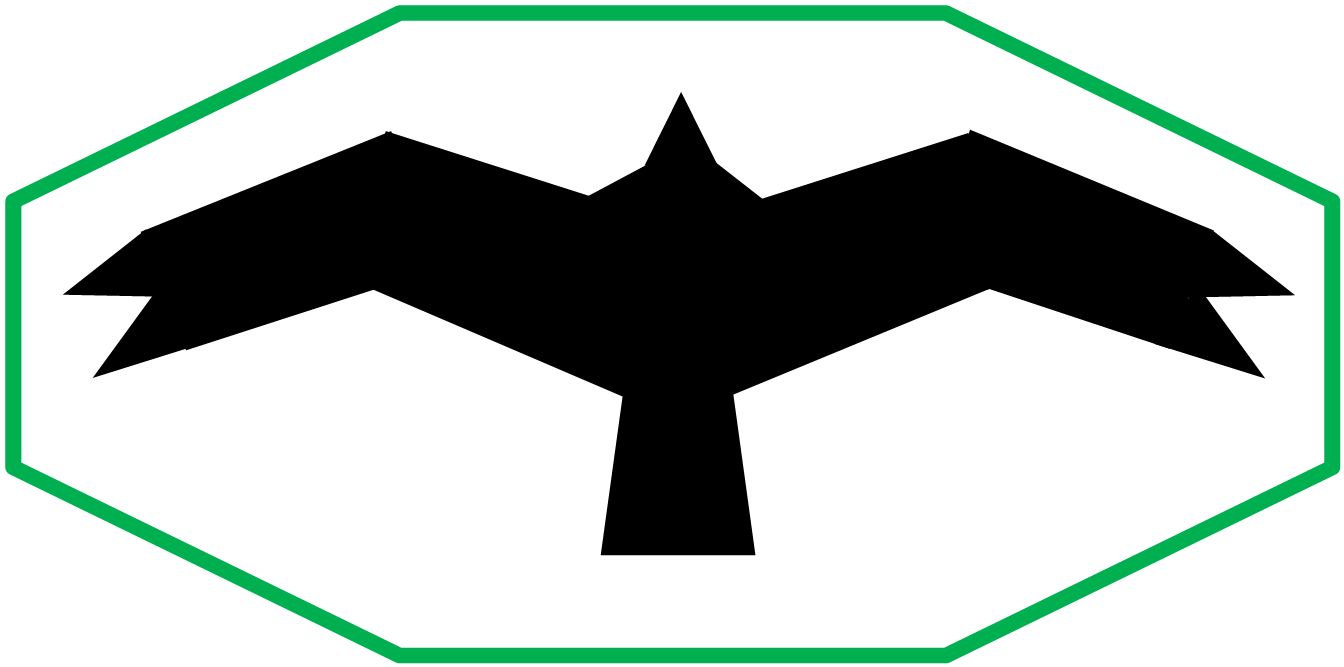

Two little Flickers with bright red crests
Father and son I am sure,
Looking for food in my backyard
Where the air is cool and pure.
Pop shows Sonny how to look for ants
Under the smooth round stones,
And how to make holes in logs of wood
To pull the bugs out from their homes
Sonny watches Pop and learns the tricks
And gets his share of the food,
Next summer he will have chicks of his own
To nurture as a father should.

-----------------------------------------------------------
From June through early August, it is heartwarming to see young chicks learning their lessons on survival after leaving their cozy nest sites. American Robin chicks fly out of the nest as soon as they are ready. Docile and obedient they don't seem to give much trouble to their attentive parents who continue to feed them for several days. Starling and grackle chicks are extremely assertive, following the adults closely on the ground and incessantly squawking, demanding attention and food. The Baltimore oriole, a colorful bird with deep yellow-orange feathers and a black head, delivers food to its chick as it flies awkwardly from one tree to the next and then softly calls to let the parent know its whereabouts. Chipping sparrows may face bigger challenges – but that is another story.
The other day I saw a Northern Flicker land under the dogwood tree. This bird, belonging to the woodpecker family, prefers to look for ants and bugs closer to ground. Both male and female are endowed with a bright red crescent on the head but only the male has a black moustache. A brown back with black bars, black polka dots on the lower breast and belly, brown face and a gray crown give it a rather dull appearance. The real beauty of this bird is seen only when it flies and displays the bright yellow underlining of its feathers contrasting with a white rump. I have tried but it is very hard to capture this wonderful display of colors in flight with my camera.
Soon thereafter another flicker landed next to the first male. I could tell that the second one to land was a chick, almost fully grown, but with shorter feathers and an awkward gait. I call them Pop and Sonny. Pop started to look for ants under a stone. At this time of the year there is an ant colony under almost all stones in my backyard so it should be an easy find. Sonny looked on at first, then tried to get his beak under the stone but soon gave up. Pop collected some ants and Sonny was there with his beak wide open ready to receive the catch.
Next day, I was sitting on the deck having my usual breakfast of tea and toast. There was the familiar klee-yer call of the northern flicker. Pop was boring a hole in one of the logs at the edge of the woods. Sonny was nearby shuffling dry leaves on the ground. I guess Pop did not find any bugs in the first hole so he moved to the end of the log to poke into it. Sonny moved closer. Pop was demonstrating a new skill, and he must watch carefully. The lesson ended with Sonny's getting a bug meal from Pop.
I did not see the father and son pair again. Sonny must have learned his survival lessons well. Next summer it will be his turn to educate his young with patience and love.

Pop and Sonny

Pop looking for ants under a stone

Sonny follows suit

No ants found - Sonny gives up<

Sonny with his beak wide open; is there food?

Pop gives his catch to Sonny

Pop bore a small cavity in the log

Pop looking for bugs in the log. No bugs here

Pop drills another hole but Sonny is distracted

Sonny is a little more attentive now

Sonny gets a bug from Pop
-----------------------------------------------------------